15 Ancient Ruins That Still Hold Unsolved Mysteries
Ancient ruins have always had a way of sparking our imaginations, especially when they are surrounded by unsolved mysteries. Even the most well-studied sites still have unanswered questions, and their origins remain elusive. From strange carvings to unexplained structures, these ruins hold more than meets the eye. As we look at some of these fascinating sites, the puzzles they present only seem to deepen. Let’s take a journey through these enigmatic ruins that still hold many secrets.
This post may contain affiliate links, which helps keep this content free. Please read our disclosure for more info.
Stonehenge, England
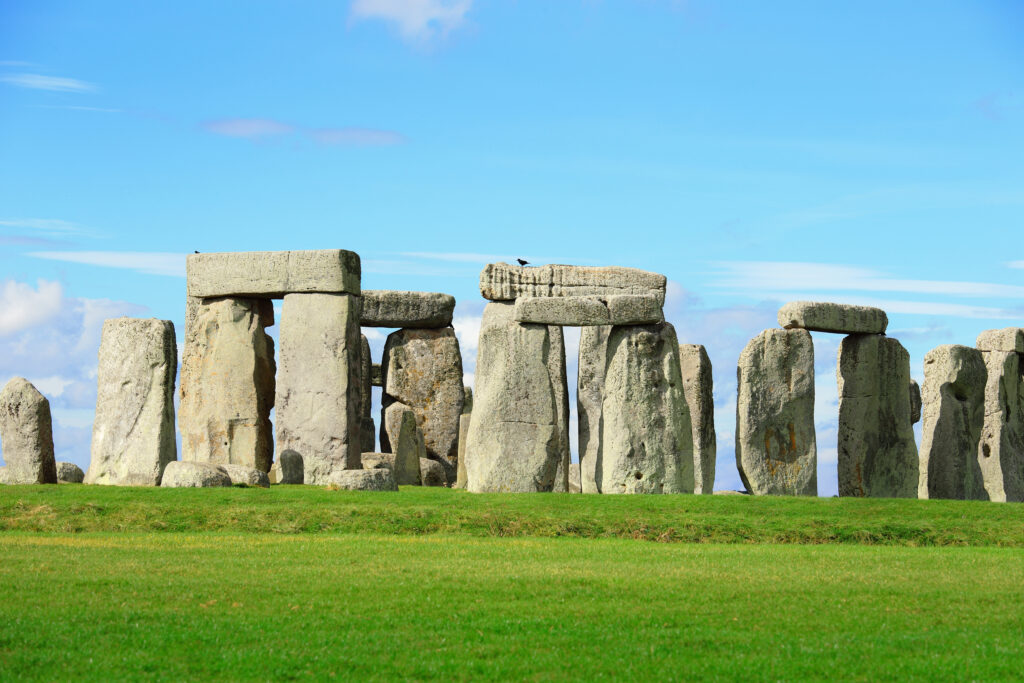
Located in Wiltshire, England, Stonehenge is one of the most famous prehistoric monuments in the world. It was built in stages, starting around 3000 BC, and remains a marvel of ancient engineering. Originally, it is thought to have been a place of worship or a ceremonial site. The unsolved mystery lies in how the massive stones were transported and arranged with such precision, especially given the limited technology of the time. Additionally, the purpose of the stone circle remains unclear, with many theories, but no conclusive answers.
Despite extensive research, the full significance of Stonehenge has not been determined. Some researchers suggest it may have been used as an astronomical calendar, aligning with the solstices. Others believe it could have been a burial site or a place of healing. The mystery of how ancient people moved such large stones across long distances still baffles archaeologists. The continued exploration of the site may eventually reveal new insights, but its true purpose remains elusive.
Machu Picchu, Peru
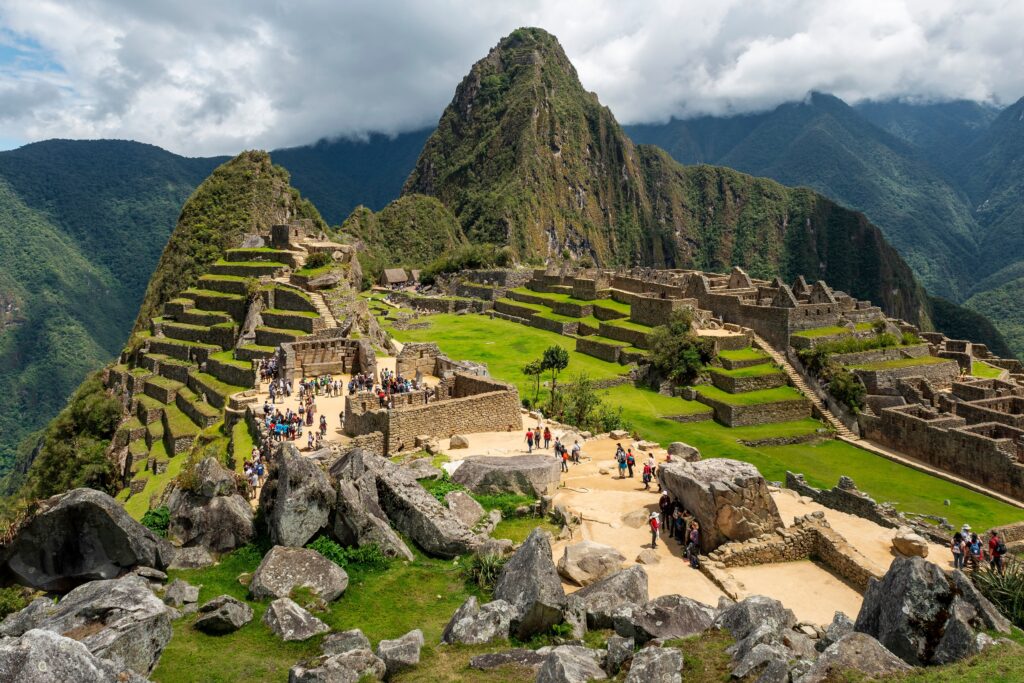
High in the Andes Mountains, Machu Picchu is a stunning Inca city built around the 15th century. The site was rediscovered in 1911 by explorer Hiram Bingham, although it had been hidden for centuries. It is believed to have been a royal estate or a religious site. However, the exact purpose of Machu Picchu remains a mystery, with various theories ranging from a royal retreat to a military stronghold. The incredible construction techniques used to build the site without mortar or other adhesives add to the intrigue.
What remains unsolved is the city’s rapid abandonment and why it was left untouched for centuries. Some scholars argue that the city was abandoned after the Spanish conquest, while others suggest it may have been deserted due to an outbreak of disease. The lack of written records from the Inca civilization makes it difficult to fully understand the significance of Machu Picchu. Its sophisticated water systems and impressive architecture continue to captivate archaeologists and historians. As more is uncovered, the mystery of its true purpose and sudden disappearance deepens.
The Pyramids of Giza, Egypt

The Great Pyramids, located near Cairo, Egypt, were constructed over 4,500 years ago during the Fourth Dynasty of the Old Kingdom. The Pyramids of Giza were originally built as tombs for pharaohs, but they have long been the subject of mystery and speculation. The most enduring question is how these massive structures were built with such precision, especially considering the limited tools and workforce available. Despite decades of study, the exact methods of construction remain a topic of debate among scholars.
Another unsolved mystery is the purpose behind the alignment of the pyramids with certain stars, particularly Sirius and the constellation Orion. This has led to theories that the pyramids were constructed for astrological or religious purposes, but no clear evidence supports this claim. Theories about hidden chambers or undiscovered rooms within the Great Pyramid also continue to intrigue archaeologists. What remains unclear is why the ancient Egyptians chose such specific designs and alignments for their most important monuments. These unanswered questions only add to the fascination with this ancient wonder.
Teotihuacan, Mexico

Located about 30 miles northeast of Mexico City, the ancient city of Teotihuacan was built around 200 BC. At its peak, it was one of the largest cities in the world, home to thousands of people. The city is known for its massive pyramids, particularly the Pyramid of the Sun and the Pyramid of the Moon. Despite extensive excavation, the identity of the people who built Teotihuacan remains unknown, as no specific rulers or leaders have been identified.
One of the greatest unsolved mysteries of Teotihuacan is the sudden and unexplained abandonment of the city around the 7th century AD. Scholars have proposed various theories, including invasion, internal conflict, or resource depletion, but there is no definitive evidence. The city’s layout and architecture suggest a high level of sophistication, but little is known about its culture or religious practices. The purpose of the city’s complex street grid, which seems to align with astronomical events, also remains a topic of speculation. Teotihuacan continues to intrigue archaeologists with its unanswered questions about its rise and fall.
The Acropolis of Athens, Greece
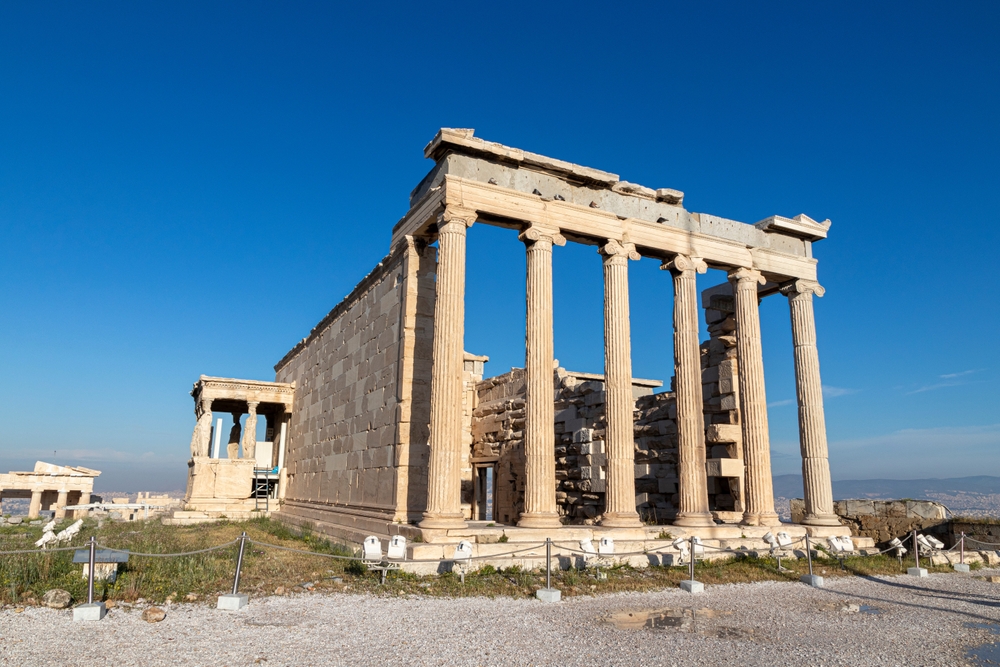
The Acropolis, located in the heart of Athens, Greece, is a symbol of ancient Greek civilization. It was constructed around the 5th century BC and served as a religious center dedicated to Athena, the city’s patron goddess. The Parthenon, one of the most iconic structures on the Acropolis, stands as a testament to the advanced engineering skills of ancient Greeks. While much is known about its religious significance, certain aspects of its construction and use remain mysterious.
One unresolved question is how the Athenians managed to construct such grandiose buildings with the limited tools available at the time. Another mystery surrounds the Parthenon’s original purpose, as some scholars suggest it could have served as more than just a temple. Some believe it may have been a political or cultural symbol as well. The Acropolis’ strategic location and its alignment with other landmarks have raised questions about its symbolic significance in Greek society. As ongoing excavation continues, new findings may help answer some of these questions, but many remain unresolved.
Easter Island, Chile

Easter Island, located in the South Pacific, is famous for its iconic stone statues, called Moai, which were built by the island’s Polynesian inhabitants between 1400 and 1650 AD. The purpose of the Moai statues is still a mystery, with many theories suggesting they represented ancestors or gods, but no clear consensus exists. The island’s isolation and the advanced techniques used to carve and transport these massive statues make their creation all the more puzzling.
The island’s mysterious history is further complicated by the collapse of its society. The once-thriving population is believed to have suffered from deforestation, resource depletion, and internal conflict, leading to a sharp decline in population by the 19th century. What remains unclear is why the island’s inhabitants constructed such massive statues and what role they played in the island’s social structure. Additionally, some Moai statues appear to have been toppled during a period of societal upheaval, leaving historians wondering what prompted this dramatic shift. The enigmatic history of Easter Island and its Moai statues continues to spark fascination.
Angkor Wat, Cambodia
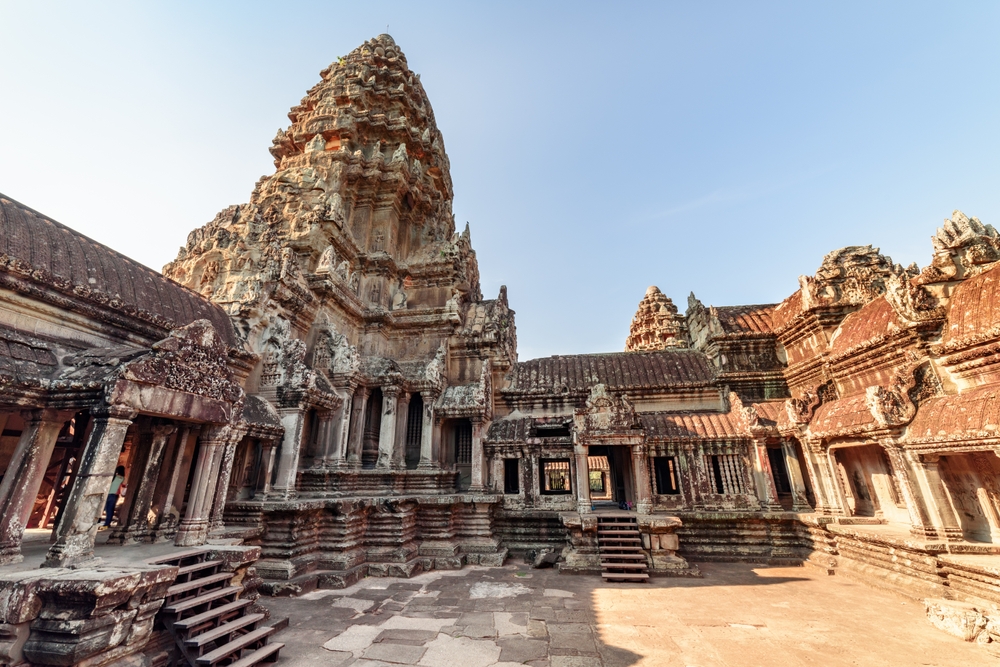
Angkor Wat, located in Cambodia, is the largest religious monument in the world and was built during the 12th century by the Khmer Empire. Originally dedicated to the Hindu god Vishnu, it was later converted to a Buddhist temple. Its grand scale and intricate carvings make it one of the most impressive ancient ruins. The sheer scope of the monument, along with its alignment with celestial bodies, has led to many questions about its original purpose.
Despite the detailed carvings and inscriptions found throughout Angkor Wat, there are still mysteries surrounding its construction and function. Some believe the temple was designed to symbolize Mount Meru, the center of the universe in Hindu mythology. Others speculate it may have been a representation of the power of the Khmer rulers. The reasons behind the decline of the Khmer Empire and the eventual abandonment of Angkor Wat remain unclear. The lost history of Angkor Wat continues to be one of the most compelling mysteries in Southeast Asia.
The Colosseum, Italy
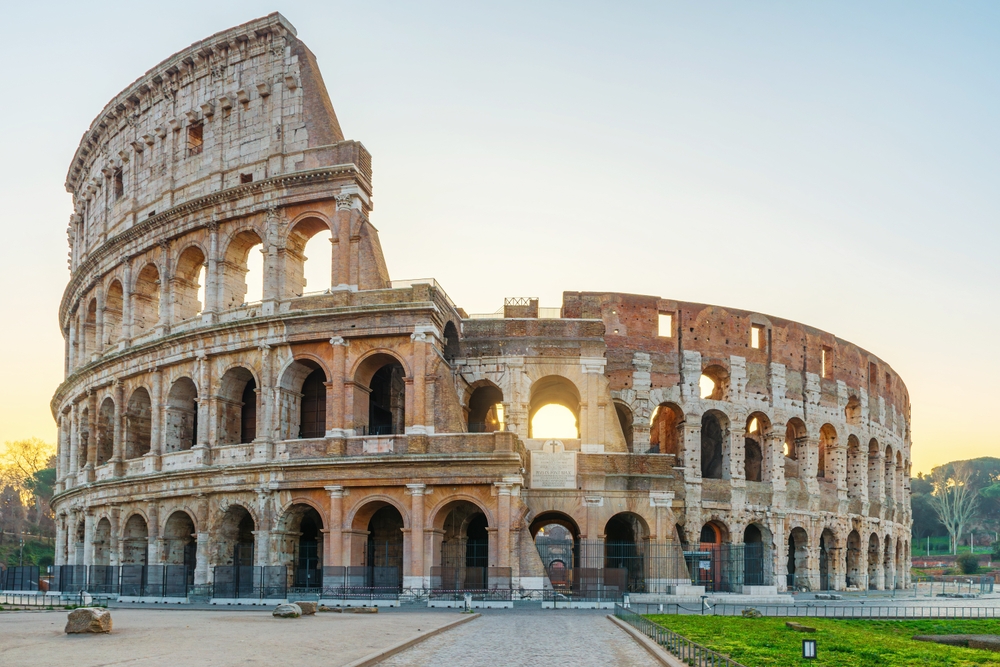
Located in the center of Rome, Italy, the Colosseum is one of the most recognizable ancient structures in the world. Completed in AD 80, it was used for gladiatorial contests and public spectacles such as animal hunts and mock naval battles. The Colosseum’s ability to accommodate tens of thousands of spectators showcases the Romans’ engineering prowess. While much is known about its use, some aspects of its design and history remain unclear.
One mystery surrounding the Colosseum is how the Romans managed to flood the arena to stage naval battles, given its large size and the technology of the time. The complex system of tunnels and chambers beneath the arena, used for gladiators and animals, also raises questions about its original layout. Another unsolved mystery is why the Colosseum was abandoned for centuries, despite its historical significance. Its partial destruction during earthquakes in the Middle Ages further contributes to the enigmatic nature of the site. The Colosseum continues to capture the imagination of historians and visitors alike, with many questions still lingering about its past.
Pompeii, Italy

Pompeii, located near Naples, Italy, was a thriving Roman city until it was buried under volcanic ash from the eruption of Mount Vesuvius in 79 AD. The eruption preserved the city in incredible detail, offering a unique glimpse into daily life during the Roman Empire. The remains of Pompeii, including homes, shops, and public buildings, have been extensively excavated. However, some aspects of its history remain a mystery, particularly regarding the exact timing and extent of the eruption.
One mystery is the fate of the residents of Pompeii, with many believed to have been caught off guard by the eruption. While some managed to escape, the majority perished due to pyroclastic surges and falling ash. The suddenness of the eruption and the lack of warning leave questions about why the city’s residents were unable to escape in time. Another mystery is the discovery of bodies frozen in their final moments, many of which appear to have been in unusual poses. Pompeii remains one of the most famous ancient sites with ongoing research trying to answer its many mysteries.
Petra, Jordan
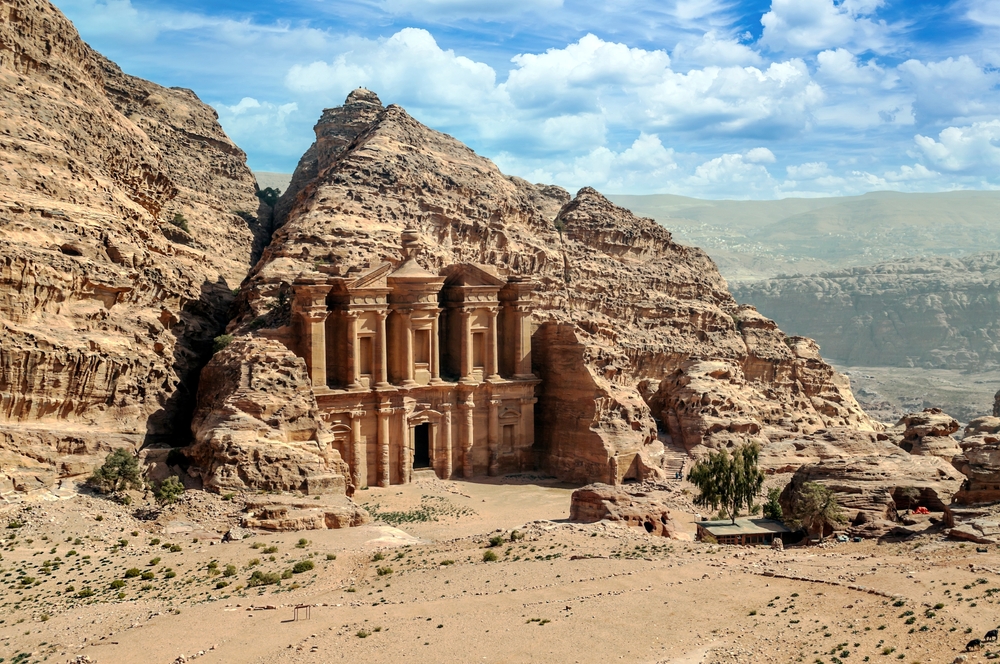
Petra, located in southern Jordan, is an ancient city carved into red sandstone cliffs by the Nabataeans around 300 BC. Known for its rock-cut architecture and water management system, Petra was a thriving trade hub for centuries. The city was eventually abandoned, and its location was lost to the outside world until it was rediscovered by Swiss explorer Johann Ludwig Burckhardt in 1812. Though much of Petra’s history has been uncovered, there are still numerous unsolved mysteries.
One of the major mysteries of Petra is how the Nabataeans were able to build such intricate structures in such a remote and harsh environment. The advanced water management system that allowed the city to thrive in the desert is still a subject of study. Additionally, the reason for Petra’s abandonment remains unclear. Some suggest it was due to earthquakes, while others think it was a result of a shift in trade routes. The city’s precise role in the broader context of ancient civilizations is still debated among scholars.
Chichen Itza, Mexico
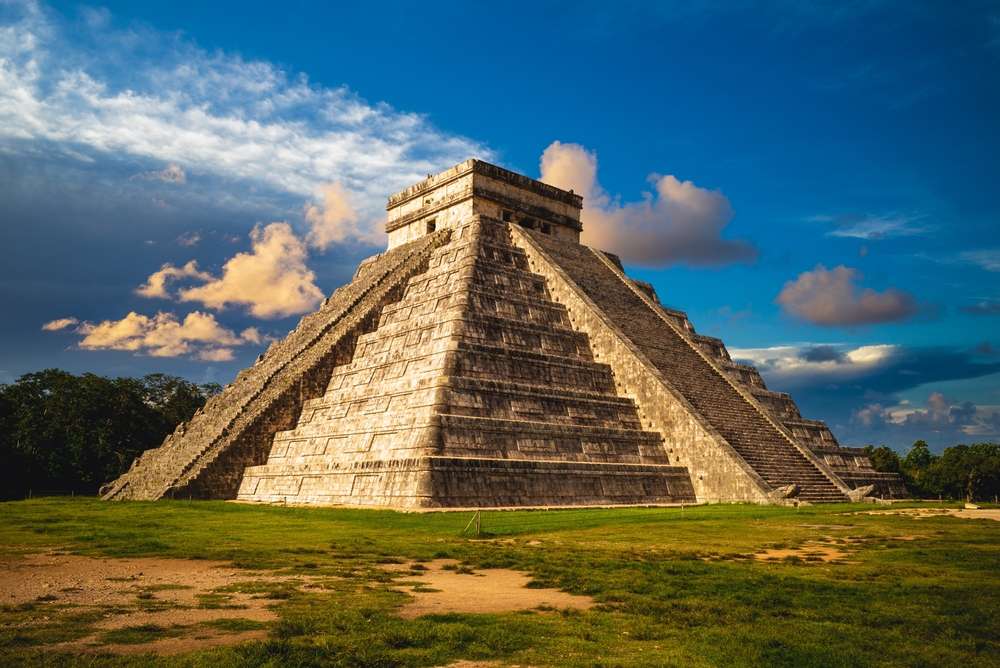
Chichen Itza, located in the Yucatán Peninsula of Mexico, was a major city of the Maya civilization between 600 and 900 AD. It is best known for its pyramid, El Castillo, which aligns with the spring equinox, casting a shadow that resembles a serpent descending the pyramid’s steps. The city’s advanced understanding of astronomy is evident in the design of many of its structures. However, despite this knowledge, the reasons behind its rapid decline remain unclear.
Scholars still debate why Chichen Itza was abandoned after being a powerful and thriving city. Some believe it was due to climate change or resource depletion, while others suggest internal conflicts or invasions. The exact role of El Castillo and other temples in Chichen Itza’s religious practices also remains a mystery. The city’s elaborate architecture and its precise alignment with celestial events continue to captivate researchers. Many questions about the city’s rise and fall remain unanswered, making it a fascinating historical puzzle.
Ephesus, Turkey
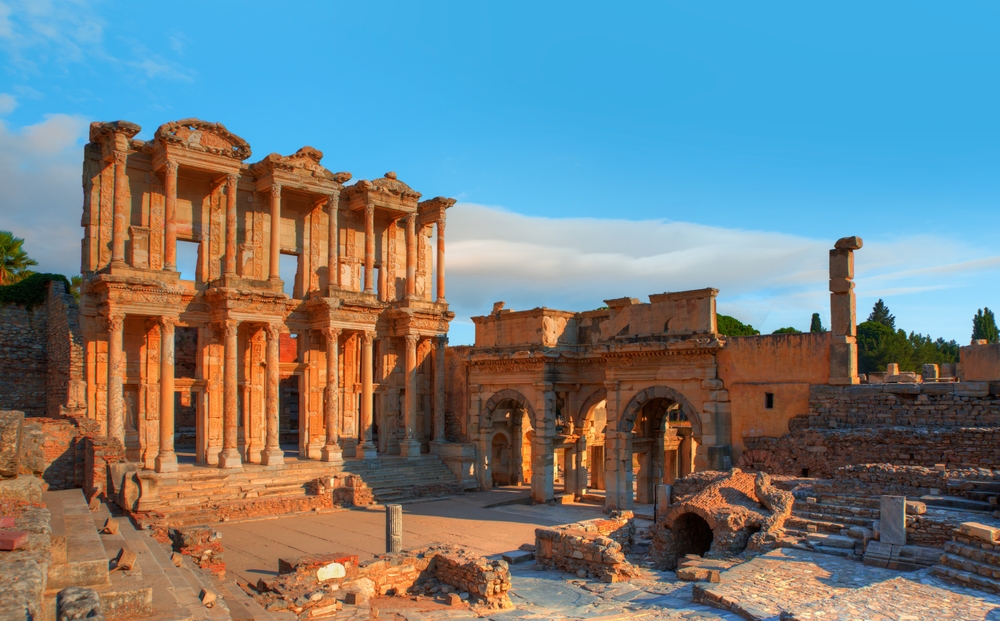
Ephesus, an ancient Greek city located in modern-day Turkey, was once one of the largest cities in the Roman Empire. It was home to the Temple of Artemis, one of the Seven Wonders of the Ancient World. The city was abandoned by the 15th century, but its ruins remain a testament to its grandeur. Ephesus’ impressive buildings and artifacts offer valuable insights into ancient life, but several mysteries still surround the city.
The reason for the city’s decline and eventual abandonment is still unclear. Some theories suggest that changes in trade routes or natural disasters contributed to its fall. The exact function of several of Ephesus’ key structures, such as the Library of Celsus, is still debated by historians. There are also unanswered questions about the city’s relationship with other ancient civilizations in the region. Ongoing excavation continues to shed light on this once-great city, but many mysteries remain.
Cahokia Mounds, USA
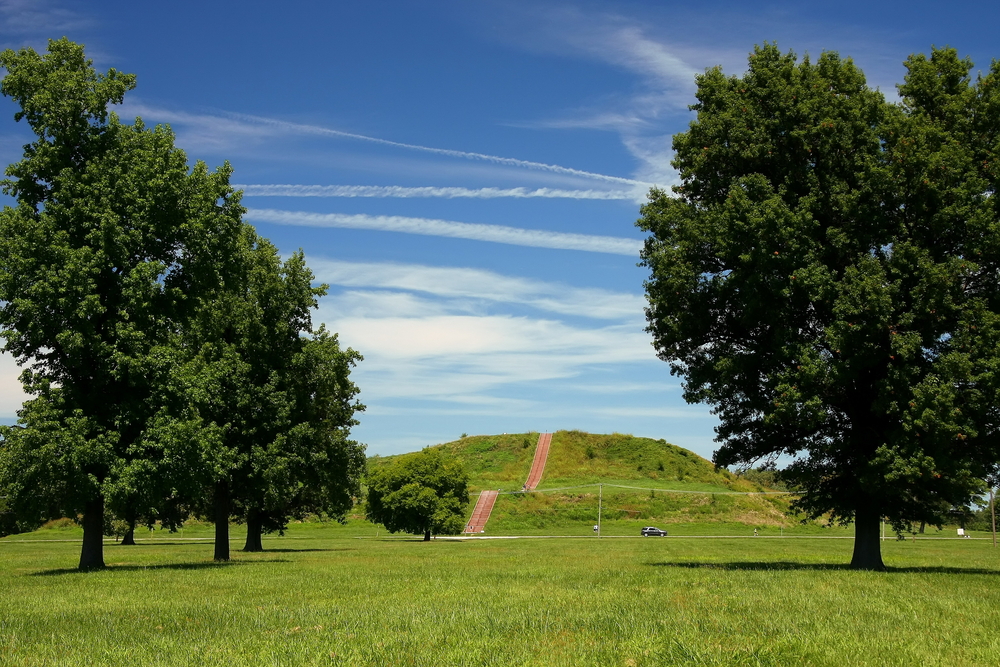
The Cahokia Mounds, located in Illinois, USA, were once home to a complex and thriving Mississippian culture around 1000 AD. The site includes the largest pre-Columbian earthworks in North America, with over 120 mounds spread across 2,200 acres. The largest mound, Monks Mound, is considered a major architectural feat. Despite its size and significance, the purpose of Cahokia and its sudden abandonment around 1300 AD remains a mystery.
Researchers are still unsure what caused the decline of this advanced society. Some believe it was a result of climate change, resource depletion, or social upheaval. Cahokia’s role in trade, religion, and politics is still being studied, with evidence suggesting it may have been a major hub for the surrounding regions. The large population of the city, combined with the intricate planning of the site, suggests a level of organization not fully understood. Cahokia’s mysteries continue to puzzle historians as they work to uncover more about this unique ancient site.
Baalbek, Lebanon

Baalbek, located in the Bekaa Valley of Lebanon, is an ancient city known for its monumental Roman ruins. The site contains some of the largest and most impressive temples ever built, including the Temple of Jupiter. The construction of these massive structures, particularly the use of enormous stone blocks, has baffled archaeologists for centuries. Baalbek’s mysterious past and the methods used in its construction remain a subject of debate.
One of the biggest questions about Baalbek is how the ancient builders were able to move and position such enormous stones. The largest stone block at the site weighs over 1,000 tons, making it one of the heaviest stones ever moved by humans. Some theories suggest that the site may have had religious significance, while others believe it was a major trading hub. The purpose of certain architectural features, like the alignment of the temple with astronomical events, is also unclear. Baalbek continues to intrigue researchers, as much of its history remains hidden in plain sight.
Caral, Peru

Caral, located in the Supe Valley of Peru, is one of the oldest known urban centers in the Americas, dating back to around 2600 BC. It was a center of the Norte Chico civilization, known for its impressive pyramids and sophisticated urban planning. What makes Caral unique is the absence of ceramics and the focus on monumental architecture and large public spaces. Despite its age and significance, many aspects of Caral’s society and its eventual decline remain a mystery.
The reasons for Caral’s collapse around 1800 BC are not fully understood. Some scholars suggest that climate change or a shift in trade routes may have contributed to the city’s decline. The lack of written records makes it difficult to understand the society’s political and religious structure. Researchers continue to study the city’s layout and its relationship with other ancient civilizations in the region. As more discoveries are made, the secrets of Caral continue to unfold.
This article originally appeared on Avocadu.
